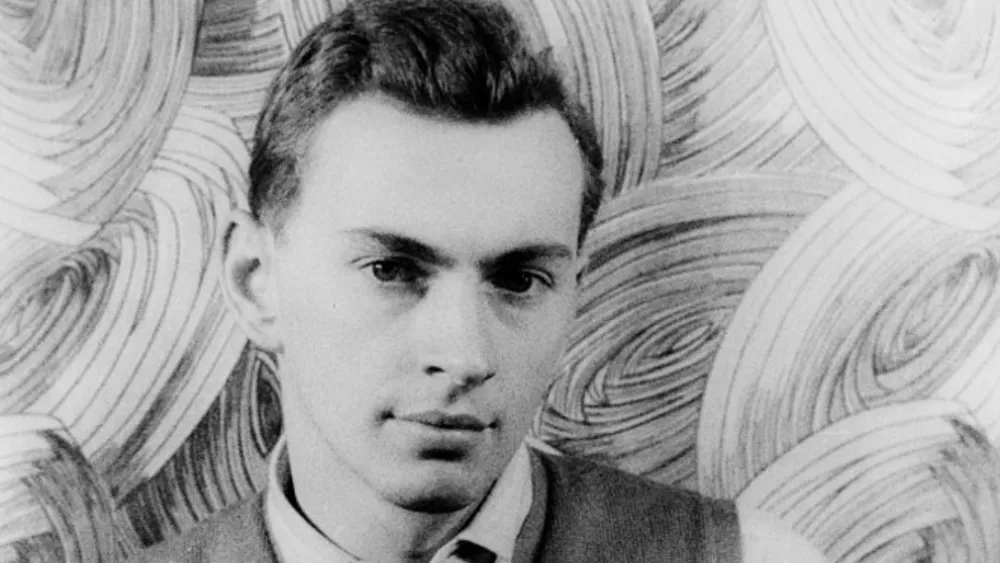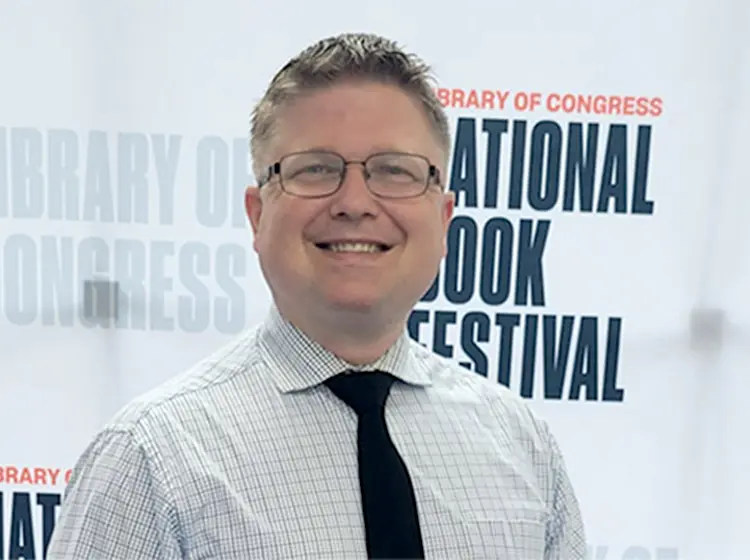Eugene Luther Gore Vidal, an American writer and public intellectual, was renowned for his clever wit.
In his novels and essays, Vidal interrogated perceived social and sexual norms. He also delved into politics, where he sought the Democratic Party candidate in 1960 (U.S. House of Representatives) and 1982 (U.S. Senate).
Born into a political elite, his focus as a political commentator was on U.S. history and society, criticizing an aggressive foreign policy.
Engaging in topical debates, Vidal clashed with figures like William F. Buckley Jr. and Norman Mailer.
As a novelist, he explored corruption in public and private life, using evocative narration in works like “The City and the Pillar” and historical novels like “Julian” (1964).
Vidal’s Formative Years
Vidal’s early life began at the U.S. Military Academy’s West Point, New York hospital. He was the only child of Eugene Luther Vidal (1895–1969) and Nina S. Gore (1903–1978).
Vidal’s father was in the army and served as the first aeronautics instructor at the academy. His middle name, “Louis,” was mixed up because his father wasn’t sure about it.
In his memoir, Palimpsest (1995), Vidal explained how his name changed from “Eugene Louis Vidal” to “Eugene Luther Vidal Jr.,” and later “Gore” was added during his christening in 1939. At 14, he dropped his first two names for a more distinct identity.
Vidal got baptized at 13 in 1939 at St. Albans School, where he attended prep school. The headmaster did it so he could be confirmed into the Episcopal faith at Washington Cathedral in February 1939.
Educational Foundations and Grandfather’s Mentorship
Attending Sidwell Friends School and St. At Albans School, Gore Vidal played a crucial role in the life of his blind maternal grandfather, Senator Thomas Pryor Gore.
Serving as his Senate page and seeing-eye guide, he also read aloud to him. In 1939, Vidal embarked on his first European trip, visiting Italy and France and finding inspiration in Rome, a city that became central to his literary imagination.
When World War II erupted, he cut short his journey. En route home, Vidal and his colleagues met Joe Kennedy in Great Britain. In 1940, he attended the Los Alamos Ranch School before enlisting in the U.S. Army at 17, eventually becoming a maritime warrant officer. After three years of service, health issues led to his reassignment as a mess officer.
From Wartime Triumph to Controversial Narratives
Gore Vidal’s literary works were shaped by diverse influences, spanning from ancient figures like Petronius, Juvenal, and Apuleius to post-Renaissance writers such as Montaigne, Peacock, and Meredith.
Notable modern influences included Proust, Henry James, and Evelyn Waugh. Vidal’s literary career commenced with the success of “Williwaw,” a wartime novel derived from his World War II service. His third novel, “The City and the Pillar” (1948), stirred controversy for its candid portrayal of homosexuality.
Furthermore, Vidal’s prolific career extended to mystery novels under the pseudonym “Edgar Box,” and stage and television plays. He also had historical novels like “Burr” (1973) and “Lincoln” (1984).
Gore Vidal: From the Silver Screen to Broadway
MGM enlisted Gore Vidal in 1956, securing him as a screenwriter for four years. His significant role in rewriting the Ben-Hur (1959) screenplay, tackling character motivations, led to an early contract termination in 1958.
However, the Screen Writers Guild credited Karl Tunberg as the “original author,” sparking a long-standing dispute. Vidal’s revelations in “The Celluloid Closet” (1995) exposed a concealed homosexual subplot in Ben-Hur.
His influence faced controversy, with Charlton Heston downplaying his contributions. Despite this, Vidal left a lasting impact, contributing to plays like “The Best Man” (1960), engaging in historical teleplays, and navigating Hollywood’s twists and turns from Italy with Federico Fellini to American television and films.
Gore Vidal: Political Transformation and Ideological Alignment
After receiving his initial paycheck, Gore Vidal shifted towards leftist political views, spurred by his realization of substantial government taxation. He argued that if the government collected such funds, it should provide high-quality healthcare and education.
Vidal, known as a public intellectual, aligned himself with liberal politicians and progressive causes within the traditional Democratic Party.
In 1960, he entered politics as the Democratic candidate for New York’s 29th Congressional District, facing a predominantly Republican area. Despite losing to J. Ernest Wharton, Vidal garnered significant support and outperformed John F. Kennedy in the district. Noteworthy advocates included Eleanor Roosevelt, Paul Newman, and Joanne Woodward.
In 1982, he contested the Democratic primary against Jerry Brown for the U.S. Senate, accurately predicting the Republican candidate’s victory. Furthermore, this episode is depicted in the documentary “Gore Vidal: The Man Who Said No” (1983), directed by Gary Conklin.
Gore Vidal: Conspiracy and Retribution
In a 2001 Vanity Fair article, “The Meaning of Timothy McVeigh,” Gore Vidal delves into the motivations behind the 1995 Oklahoma City bombing.
He posits that McVeigh, a disillusioned U.S. Army Veteran from the First Iraq War, sought revenge for the FBI’s Waco massacre in 1993, perceiving mistreatment of Americans akin to what he believed happened to Iraqis.
Vidal describes McVeigh as an “unlikely sole mover” and speculates on potential foreign/domestic conspiracies. Opposed to military intervention, Vidal, in works like “Dreaming War” (2002), challenges historical narratives. Therefore, asserting FDR’s provocation of Japan for World War II entry. Moreover, he alleged Truman’s disregard for Japanese surrender attempts in 1945.

A Closer Look at Gore Vidal’s Life
Gore Vidal’s personal life, as detailed in his memoirs and uncovered documents, reveals a complex romantic history. While Anaïs Nin claimed a love affair with Vidal. Yet, he denied it in his memoir, though an unpublished love letter later surfaced.
He claimed romantic involvement with actress Diana Lynn and hinted at possibly fathering a daughter. Vidal, engaged briefly to Joanne Woodward, later formed a 53-year partnership with Howard Austen.
Gore Vidal’s Life Lessons
Gore’s life is an inspiring example of embracing complexity in personal relationships, political ideologies, and historical narratives.
His journey encourages us to navigate life’s intricate facets with curiosity and wit. Therefore, it emphasized the importance of appreciating the nuanced nature of human connections. Moreover, it engaged with diverse political perspectives and questioned established norms.
Vidal’s legacy prompts us to approach the complexities of existence with an open mind. Therefore, it’ll help us foster a commitment to understanding, growth, and the continual challenge of conventional wisdom.











This is some awesome thinking. Would you be interested to learn more?